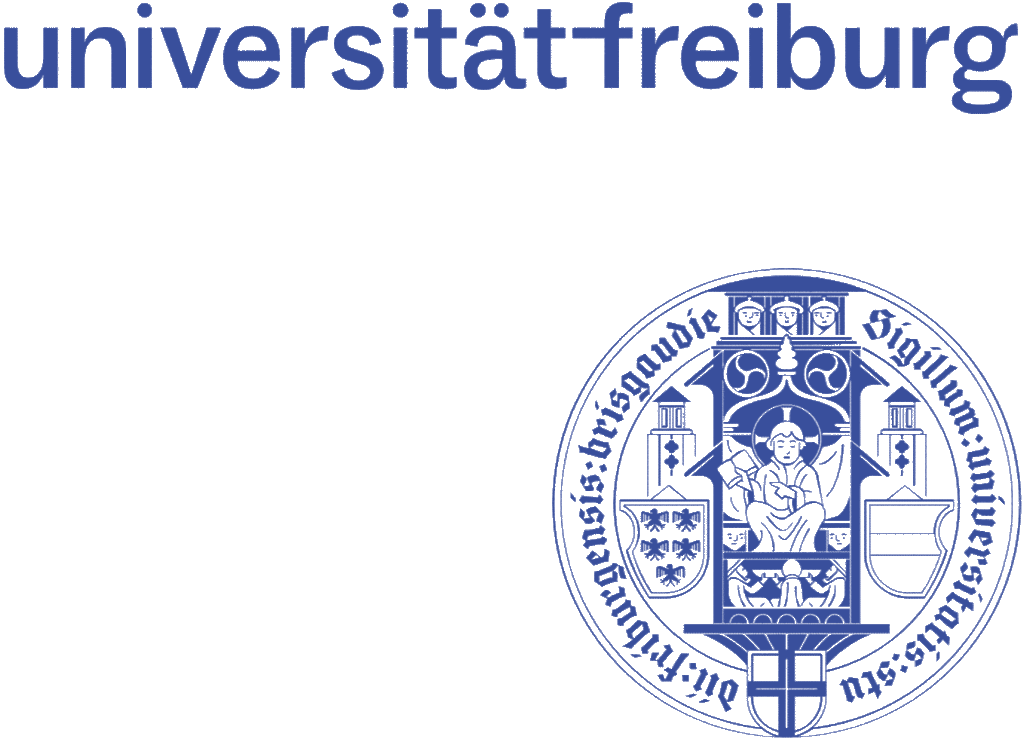Tuesday, December 6, 17:00h
[1] Ultrafast Non-adiabatic Molecular DynamicsWednesday, December 7, 12:00h
[2] Polyatomic Molecules in Strong Laser FieldsThursday, December 8, 14:00h
[3] Non-perturbative Quantum Control of Molecular DynamicsChair: Lucas Bruder

Albert STOLOW
University of Ottawa, Departements of Chemistry & Physics
&
National Research Council Canada, Ultrafast Photonics Group
Albert Stolow is the Canada Research Chair in Molecular Photonics and Professor of Physics & of Chemistry at the University of Ottawa. He founded the Molecular Photonics (now Ultrafast Quantum Photonics) Group within the National Research Council Canada where he maintains an ongoing collaborative research program. Stolow is a Fellow of both the ‘Max-Planck-uOttawa Centre for Extreme and Quantum Photonics’ and the ‘NRC-uOttawa Joint Centre for Extreme Photonics’. His research interests include ultrafast molecular dynamics, ultrafast X-ray Science, quantum control, strong field attosecond physics of polyatomic molecules, and coherent non-linear optical microscopy.
Albert Stolow studied at Queen’s University and then obtained his Ph.D. degree in Chemical Physics from the University of Toronto in 1988, under Nobel Laureate John C. Polanyi. Stolow was an NSERC post-doctoral fellow at the University of California, Berkeley from 1989-1992 where he worked with Nobel Laureate Yuan T. Lee. In fall 1992, Stolow joined the National Research Council in Ottawa, rising to the position of Group Leader and Principal Research Officer. In 2014, he assumed the Canada Research Chair in Molecular Photonics at the University of Ottawa. Stolow is a Fellow of both the American Physical Society (2008) and the Optical Society of America (2009). He has won several national prizes including the Earle K. Plyler Prize of the American Physical Society, the Polanyi Award of the Canadian Society for Chemistry, the Queen Elizabeth II Diamond Jubilee Medal (Canada), the Laidler Award of the Canadian Society for Chemistry, and the Barringer Award of the Spectroscopy Society of Canada. Stolow sits on the editorial boards of numerous international journals and on the Advisory Boards of several international research institutions. Stolow is past-Chair of the American Physical Society’s Division of Chemical Physics (DCP) and a former Member of the Executive Committee of the American Physical Society’s Division of Laser Science (DLS).
Lectures within the RTG DynCAM Seminar series:
Tuesday, December 6, 17:00h
[1] Ultrafast Non-adiabatic Molecular DynamicsThe Born-Oppenheimer Approximation (BOA) is an adiabatic separation of electronic from nuclear (rotations, vibrations) degrees of freedom. It is arguably the most important approximation in Molecular and Condensed Matter Physics because it permits the definition of ‘structure’. However, in electronically excited states of polyatomic (three or more atoms) molecules, the BOA routinely fails and electronic charge and vibrational energy flow become intrinsically coupled. These nonadiabatic processes underlie the light-matter interaction physics of many important processes, including Vision, Photosynthesis, Isomerization, Proton Transfer, Electron Transfer, Photochemistry and Solar Energy Conversion. We will review the basics of nonadiabatic molecular dynamics, including dynamics at conical intersections and the formation of electronic coherences. We will discuss ultrafast laser techniques, such as Time-Resolved Photoelectron Spectroscopy (TRPES) and Time-Resolved X-ray Absorption Spectroscopy (TRXAS), which are suited to probing these coupled electronic-nuclear dynamics.
References:
A. Stolow, J.G. Underwood “Time-Resolved Photoelectron Spectroscopy of Non-adiabatic Dynamics in Polyatomic Molecules” Advances in Chemical Physics 139, 497 (2008).
M.S. Schuurman, A. Stolow. “Dynamics at Conical Intersections” Annual Review of Physical Chemistry 69, 427 (2018)
S.P. Neville et al. “Ultrafast X-ray Spectroscopy of Conical Intersections”. Physical Review Letters 120, 243001 (2018)
O. Gessner et al. “Femtosecond Multi-dimensional Imaging of a Molecular Dissociation”. Science 311, 219 (2006)
C.Z. Bisgaard et al. “Time-resolved Molecular Frame Dynamics of Fixed-in-Space CS2 Molecules” Science 323, 1464 (2009)
W. Li et al “Time-resolved Dynamics in N2O4 probed using High Harmonic Generation” Science 322, 1207 (2008)
M. Smits et al. “Dynamic polarization in the strong field ionization of small metal clusters” Physical Review Letters 93, 203402 (2004)
M.Lezius et al. “Non-adiabatic multi-electron dynamics in strong field molecular ionization” Physical Review Letters 86, 51 (2001)
V.S. Makhija et al. “Ultrafast molecular frame electronic coherences from lab frame scattering anisotropies” Journal of Physics B. 53 114001 (2020).
P. Hockett et al. “Time-resolved imaging of purely valence-electron dynamics during a chemical reaction” Nature Physics 7, 612 (2011)
A.E. Boguslavskiy et al. “The multielectron ionization dynamics underlying attosecond strong field spectroscopies” Science 335, 1336 (2012)
Wednesday, December 7, 12:00h
[2] Polyatomic Molecules in Strong Laser Fields
In the famous ‘three-step model’ of High Harmonic Generation, the ‘first step’ is Strong Field Ionization (SFI). SFI is typically described in terms of optical tunneling where the applied laser electric field suppresses the Coulomb potential, allowing a bound electron to tunnel into the continuum. The justification of the tunnelling approximation is often given in terms of the Keldysh parameter, a ratio of the tunnelling time to the optical period. A further assumption in these simple models is that of a single active electron which responds to the strong field. Implicit in the Keldysh tunnelling picture is an strong assumption that the field-driven bound electrons adiabatically follow the applied laser field. We will discuss how both the adiabatic approximation and the single active electron approximation can fail dramatically (by 4-6 orders of magnitude) for polyatomic molecules. In polyatomic systems, a field-driven non-adiabatic multielectron dynamics emerges in which the simple SFI pictures simply do not apply.
References:
A.E. Boguslavskiy et al. “The multielectron ionization dynamics underlying attosecond strong field spectroscopies”. Science 335, 1336 (2012)
M. Lezius et al. “Polyatomic molecules in strong laser fields: Nonadiabatic multielectron dynamics” Journal of Chemical Physics 117, 1575 (2002).
M. Smits et al. “Dynamic polarization in the strong field ionization of small metal clusters” Physical Review Letters 93, 203402 (2004)
Thursday, December 8, 14:00h
[3] Non-perturbative Quantum Control of Molecular Dynamics
The exquisite control that experimentalists have over the amplitude, phase and intensity of optical fields may be transferred to material systems through dipole coupling. This permits the quantum control of molecular dynamics through the ‘shaping’ (i.e. amplitude and phase) of laser electric fields. In the perturbative (Brumer-Shapiro or Tannor-Rice) limit, this control can be understood in terms of interference between degenerate paths. In the Strong Field Ionization (SFI) limit, this may be understood in terms of the intensity dependence of dissociative ionization processes. There is another, less explored, regime for Quantum Control in which the applied laser fields are non-perturbative but non-ionizing. In this regime, the Non-Resonant Dynamic Stark Effect dominates the light-matter interaction and leads to new forms of Quantum Control in which the laser field acts as a ‘catalyst’, since there is no net absorption of photons. We will describe the Dynamic Stark Effect and illustrate its applications to the control of molecular alignment in 1D and 3D, and to the control over photodissociation branching ratios.
References:
B.J. Sussman, D. Townsend, M. Yu. Ivanov, A. Stolow “Dynamic Stark Control of Molecular Photodissociation”. Science 314, 278 (2006).
J.G. Underwood, B.J. Sussman, A. Stolow. “Field-free three dimensional molecular axis alignment” Physical Review Letters 94, 143002 (2005)
K.F. Lee et al. “Field-free three-dimensional alignment of polyatomic molecules” Physical Review Letters 97, 173001 (2006)
J.G. Underwood et al. “Switched Wavepackets: A Route to Non-perturbative Quantum Control” Physical Review Letters 90, 223001 (2003)
J. Mikosch et al. “Channel- and Angle-Resolved Above Threshold Ionization in the Molecular Frame” Physical Review Letters 110, 023004 (2013)
C. Marceau et al. “Molecular Frame Reconstruction Using Time-Domain Photoionization Interferometry” Physical Review Letters 119, 083401 (2017)



